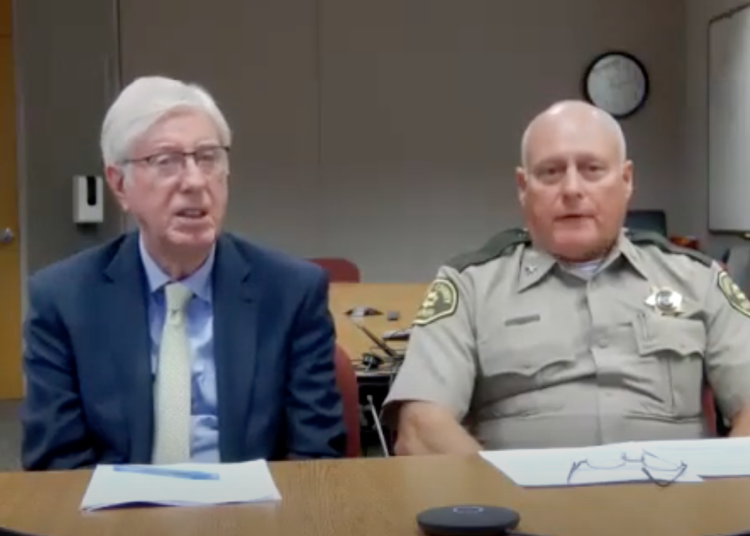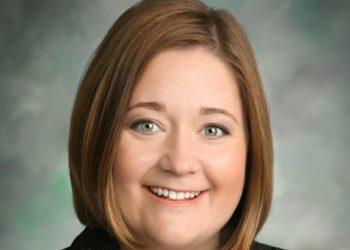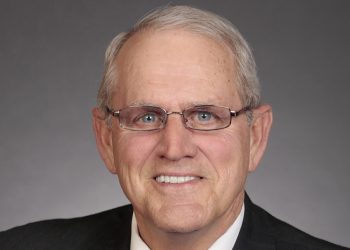(The Center Square) – Iowa Attorney General Tom Miller presented legislative measures to prevent deaths related to fentanyl in a Thursday news conference.
Last year, 258 Iowans died of opioid overdoses, and about 83 percent of those deaths involved fentanyl or other synthetic narcotics, a news release from his office said. That’s a 21% increase over 2020 numbers, according to Iowa Department of Public Health’s preliminary data.
Central Iowa Drug Task Force and Story County Sheriff Paul Fitzgerald said his office and the drug task force have encountered 10 overdose cases, including three that were fatal, the release said. The three people who died had been exposed to fentanyl.
“We know that many of the overdose deaths are accidental, often because people are unaware they’ve ingested a dose of fentanyl,” Miller said. “We have tools available that could reduce these deaths, but we must first change Iowa’s laws.”
Miller proposed legalizing fentanyl test strips and finding another way to increase access to naloxone.
Fentanyl test strips can detect the presence of fentanyl in pills, powder or injectables. They’re currently illegal as they are considered drug paraphernalia under Iowa Code 124.414
The Iowa Department of Public Safety is seizing large amounts of counterfeit pills, M30s, that resemble prescription opioids or other medications.
“Without test strips or other equipment, it is impossible to tell whether the pills contain fentanyl,” the release said.
Iowa law enforcement agencies are finding fentanyl in other drugs, such as heroin, methamphetamine and cocaine, the release said.
“Test strips are inexpensive and easy to use, and most important, they can save lives,” Miller said. “In public health, we know that harm reduction works.”
Wisconsin and Georgia are among states that have decriminalized the test strips. The American Medical Association has supported legalizing the test strips too.
Naloxone, trademarked Narcan, has been shown to reverse overdoses and prevent death.
In fiscal year 2021, emergency medical services administered 3,106 doses of the drug, or an increase of 50% since fiscal year 2018, according to the IDPH.
Dispensing naloxone doesn’t require a prescription in Iowa, and kits are free through community-based pharmacies and Iowa’s Tele-Naloxone program.
However, demand has been low, the release said. About 3,000 kits have been distributed since July 2020.
“Healthcare providers say that Iowans may be unwilling to obtain naloxone through pharmacies because of fear and stigma,” the release said.
In some states, community groups can dispense the drug directly to the public.
“Iowa’s pharmacy rules, however, prohibit secondary distribution of prescribed medications,” the release said.
Miller wants nonprofits and businesses to apply to the state of Iowa to receive naloxone and distribute it to the public, without collecting identifying information for the state’s prescription drug monitoring program, the release said. He also plans to propose ideas to legislators for using money his office has gained from major opioid manufacturers and distributors to deal with the opioid crisis through supporting prevention, treatment and recovery.
















